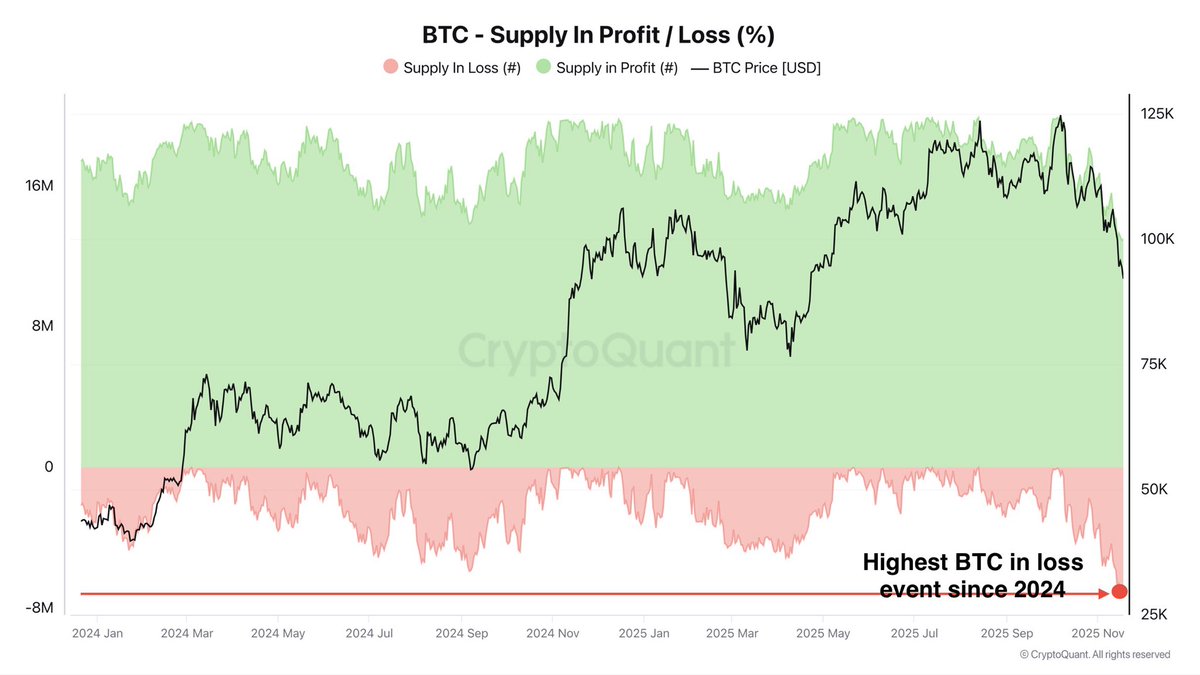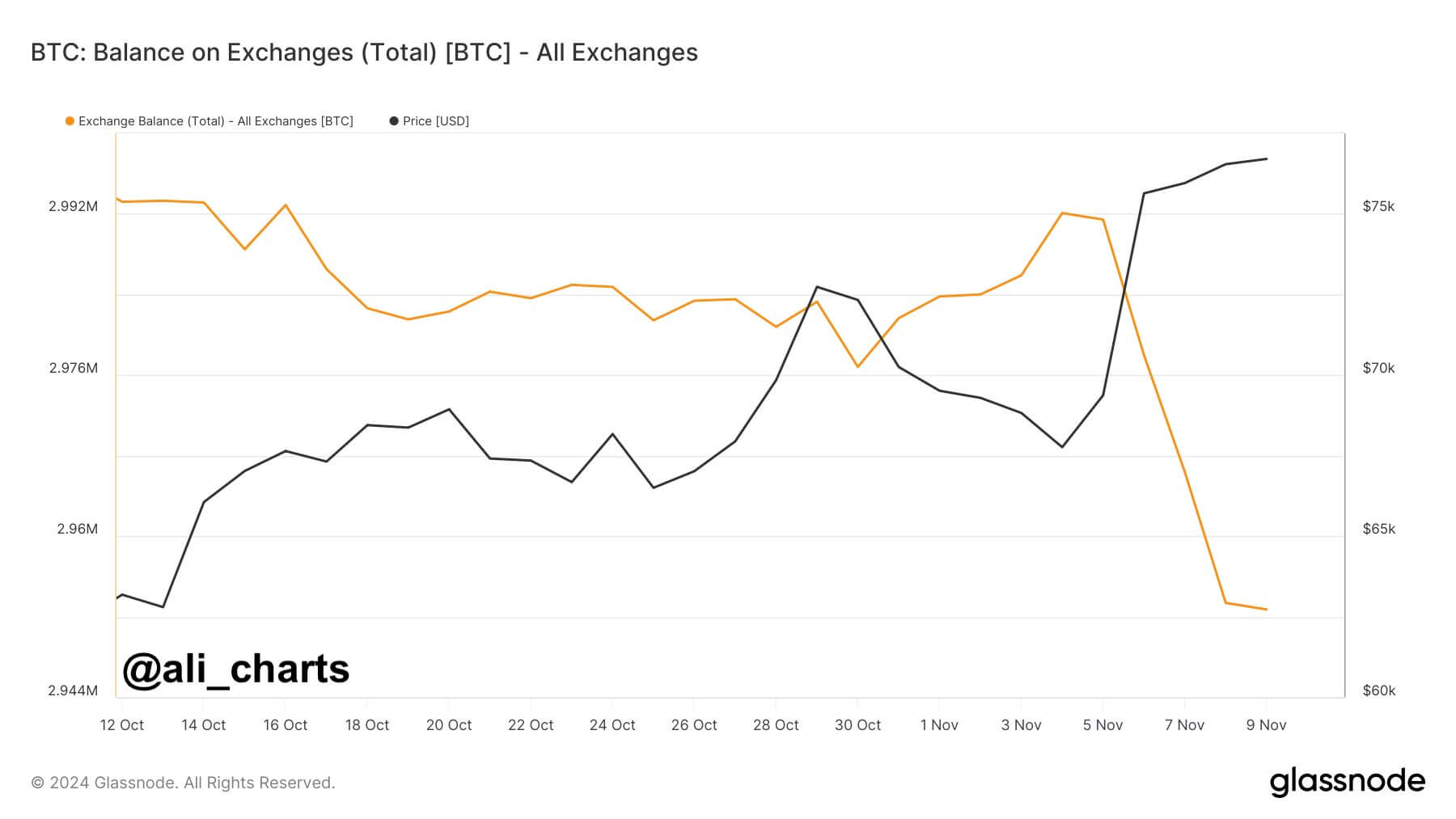
2018-9-3 01:05 |
It’s become fashionable in public circles to bash Bitcoin on account of its energy consumption. Virtually every week, mainstream media (MSM) attacks bitcoin mining, painting alarmist pictures of a planet burning due to the ‘wasteful’ design of Proof of Work. The reality is less cut-and-dried. Bitcoin’s defenders have been hitting back lately, with one new study highlighting the many positives of PoW.
Also read: Ludicrous Headlines About Bitcoin Mining Will Kill Us All
The Case Against Proof of Work“It’s become popular today to dismiss Bitcoin’s Proof-of-Work as wasteful and bad for the environment,” observes a paper published on August 30 by Node Blockchain’s Saad Imran. Search for ‘bitcoin’ on any MSM website and you’re sure to find an article likening Bitcoin Core’s energy consumption to that of Ireland/Iceland/Whatever country’s annual energy bill it’s currently surpassed. Those estimates overstate BTC’s energy bill by at least a third, but even if one was to take their claim as gospel, they miss the point.
“Gravity”, part one of a four-part Medium discourse on Bitcoin’s Proof of Work model, begins by acknowledging this point, its author writing sarcastically: “The cryptopocalypse is coming. Bitcoin’s Proof of Work (PoW) is so bad that it’s going to destroy the world in 2020”. One of the problems that many of these reports make is to equate the number of bitcoin transactions with the cost of mining, whereas the reality is there is no relation between the two: whether a bitcoin block is full or empty, the cost of mining it remains the same.
“Gravity”‘s author highlights alarmist MSM headlines on bitcoin mining The Case For Proof of WorkNode Blockchain’s study cites a couple of reasons why bitcoin mining can be regarded as having “positive externalities”. One of these is the fact that as hardware advances reach a point of diminishing returns, the only way for miners to remain profitable will be to seek cheaper energy sources. “Since the physical location of mining centers is not important to the Bitcoin network, miners flock to areas generating surplus electricity for the lowest marginal costs. In the long-run, this has the potential to produce more efficient worldwide energy markets with Bitcoin miners performing an arbitrage of electricity between global centers,” it asserts.
Bitcoin arbitrage is typically thought of in the context of traders seeking price differences between exchanges. The concept of “energy arbitrage” makes sense though, as that is the game that miners are playing as they relocate to regions that can meet their needs. In the long term, only renewable energy sources can realistically fulfill this demand, and thus it is logical to expect Bitcoin’s reliance on so-called ‘brown’ energy to diminish.
Not only are miners increasingly switching to green energy, but they’re driving innovations to reuse ‘wasted’ energy and excess production that would not otherwise have been utilized. Examples include initiatives to capture natural gas let off from oil wells by ‘flaring’ i.e. burning. One company has developed mining hardware that captures this energy and converts it into electricity. Elsewhere, wasted automobile tires are being converted into energy and used for the same purpose.
Proof of Work Is Getting GreenerSaad Imran’s paper concludes: “It’s important as well to review the electricity usage against the closest comparable, global data centers, which today consume over 2% of worldwide electricity (a measure that is 133x larger than Bitcoin’s usage). Why is it claimed that Bitcoin’s electricity usage is wasteful yet these other uses are largely considered ‘fair’?”
“Whataboutery” – excusing Bitcoin’s energy consumption by pointing out the wastefulness of other industries – doesn’t change the fact that PoW mining is energy intensive. Unlike datacenters, gold mining, and every other industry that consumes vast amounts of energy, however, mining is obligated to become more efficient and thus more environmentally friendly with time. Miners wishing to stay in the game have two choices: reduce their energy bill or be priced out of business. They don’t need to switch to renewables for ethical reasons: transitioning for financial reasons alone will suffice.
Do you think mainstream media are guilty of exaggerating the extent of Bitcoin’s energy consumption? Let us know in the comments section below.
Images courtesy of pixabay and Laurent MT.
Need to calculate your bitcoin holdings? Check our tools section.
The post New Study Highlights the Many Positives of Bitcoin Mining appeared first on Bitcoin News.
origin »Bitcoin (BTC) íà Currencies.ru
|
|
















